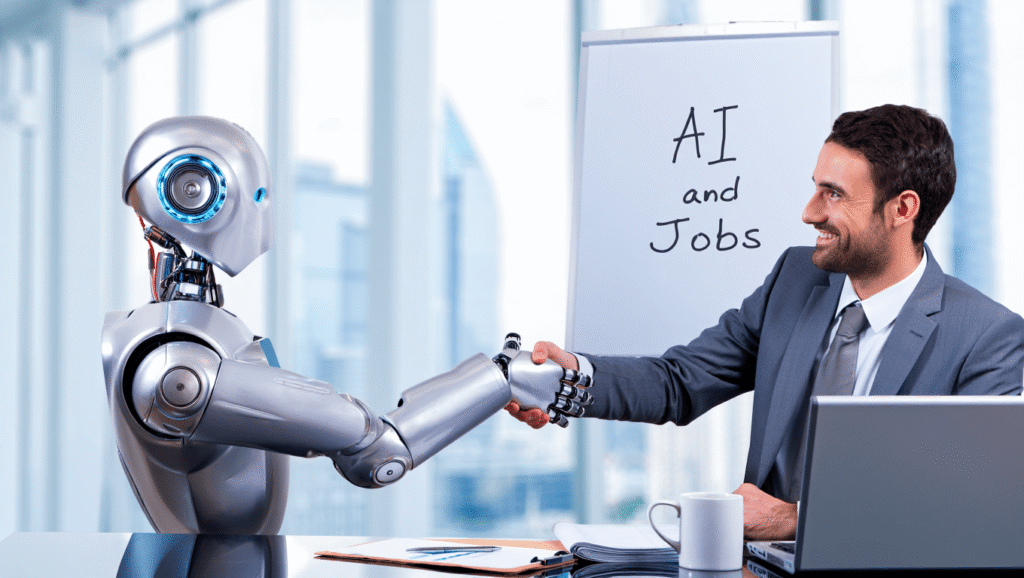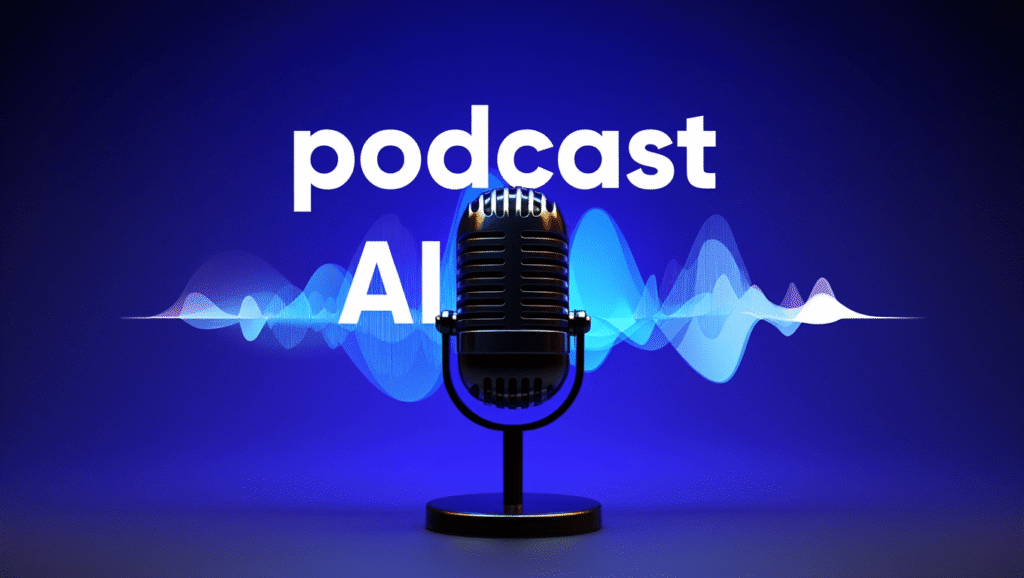AI and Jobs
Microsoft Unveils Groundbreaking Study on Workplace Impact
Microsoft’s latest AI study analyzes 200,000 real-world Copilot chats to assess how 80 occupations are being augmented, or automated, by AI in the workplace.

Why This Study Matters?
How exactly is AI transforming the workplace—and which jobs are most exposed? A new Microsoft Research paper delivers one of the most detailed answers yet. By analyzing real interactions with Copilot, the study quantifies the applicability of AI across various roles, showing where AI is adding value, automating tasks, or leaving roles mostly untouched[1].
Study Overview
The research combines empirical usage data with occupational taxonomies to evaluate AI’s potential impact on job tasks. It provides businesses, professionals, and policymakers with a fresh lens on where AI is already making a difference—and where it’s not.
Data and Methodology
– Analyzed over 200,000 anonymized Copilot chat sessions (Jan–Sep 2024)
– Mapped each interaction to O*NET tasks using NLP
– Computed an AI applicability score (coverage, completeness, scope)
– Result: a real-world metric of how AI augments or automates each profession
This enables researchers to measure real-world AI utility—not theoretical assumptions—by using live product data[1].
Key Findings: Section 4.3 – Occupations
This section ranks professions based on how frequently and effectively Copilot supports or completes their core tasks. It clearly identifies where AI is most “applicable.”
What is the “AI Applicability Score”?
This score reflects how well AI can support or take over key job tasks, based on:
- Coverage: How often AI engages with a job’s tasks
- Completeness: How well the task is fulfilled
- Scope: How many types of tasks AI can handle
Top 40 Jobs with the Highest AI Applicability Score
These roles are already being significantly supported or accelerated by AI tools like Copilot:
- Interpreters and Translators
- Historians
- Passenger Attendants
- Sales Reps (Services)
- Writers and Authors
- Customer Service Reps
- CNC Tool Programmers
- Telephone Operators
- Travel Clerks
- Radio DJs and Announcers
- Brokerage Clerks
- Home Management Educators
- Telemarketers
- Concierges
- Political Scientists
- Journalists and News Analysts
- Mathematicians
- Technical Writers
- Proofreaders
- Hosts and Hostesses
- Editors
- Business Professors
- Public Relations Specialists
- Product Demonstrators
- Advertising Sales Agents
- New Account Clerks
- Statistical Assistants
- Rental Clerks
- Data Scientists
- Financial Advisors
- Archivists
- Economics Professors
- Web Developers
- Management Analysts
- Geographers
- Models
- Market Research Analysts
- Telecommunicators
- Switchboard Operators
- Library Science Professors
These roles involve language, writing, reasoning—AI’s sweet spot. [1]
Bottom 40 Jobs with the Lowest AI Applicability Score
These occupations rely on manual, physical, or human-centric tasks where AI still lacks capability:
- Phlebotomists
- Nursing Assistants
- Hazardous Material Removal Workers
- Painting and Plastering Assistants
- Embalmers
- System Operators (Other)
- Oral Surgeons
- Glass Installers
- Ship Engineers
- Tire Repair Technicians
- Prosthodontists
- Production Helpers
- Highway Maintenance Workers
- Medical Equipment Preparers
- Packaging Machine Operators
- Machine Feeders
- Dishwashers
- Concrete Finishers
- Firefighting Supervisors
- Tractor Operators
- Ophthalmic Techs
- Massage Therapists
- Surgical Assistants
- Tire Builders
- Roofing Assistants
- Gas Compressor Operators
- Roofers
- Oil Field Laborers
- Housekeepers
- Paving Equipment Operators
- Logging Operators
- Motorboat Operators
- Orderlies
- Floor Sanders
- Pile Driver Operators
- Rail Maintenance Workers
- Foundry Workers
- Water Treatment Operators
- Bridge Operators
- Dredge Operators
Implications for Workers and Employers
If your role ranks high in AI applicability, leverage automation tools like Copilot to boost productivity.
For low-ranking roles, human value remains high—but digital skills are still essential.
Companies can use this study to:
- Target high-impact AI investments
- Streamline workflows
- Upskill the workforce based on real data
Need help applying AI in your company? Contact us.
Understanding the AI Shift
Microsoft’s study offers a data-driven view of how AI is reshaping work.
Some jobs are being transformed, others are untouched—but all are evolving.
Understanding AI applicability is essential to stay relevant and competitive.






